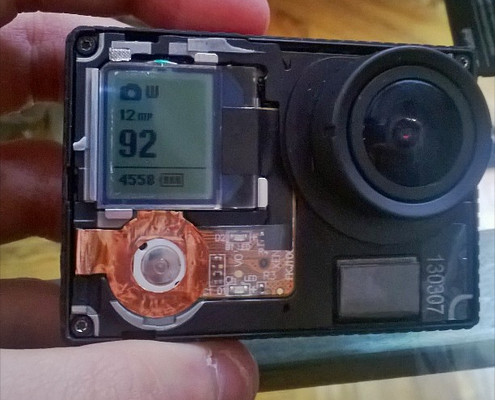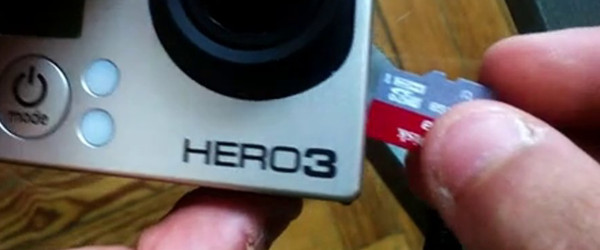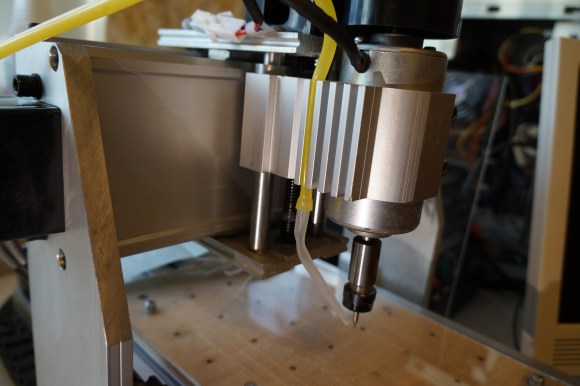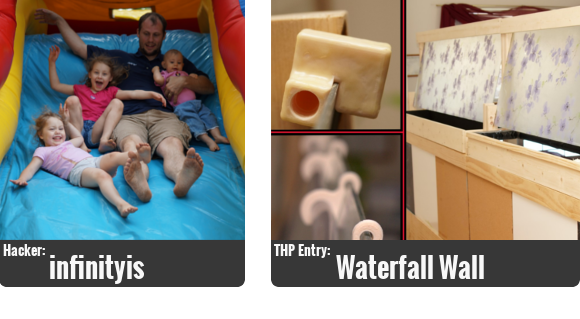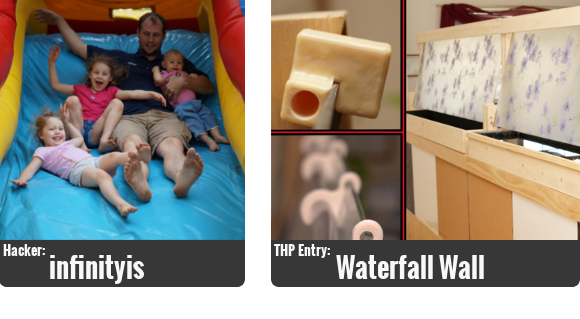
While FPGAs get all the credit for being the hip new thing, they are inherently digital devices. Without a proper ADC and DAC, you won’t be delving into the analog domain with your programmable logic. Maxim has just put out a chip that does just that: an analog swiss army knife with 20 pins that are configurable as analog to digital converter, digital to analog converters, GPIO, or any mix of the above.
The MAX11300 includes twenty IO ports, each capable of becoming an ADC, DAC, or GPIO, with pairs of ports capable of being configured as a logic level translator or an analog switch. The ADCs and DACs are 12-bit, with input and output ranges from -10V to +10V.
As a nice little bonus, the chip is controlled over SPI, making this an interesting device for a small “do anything analog” tool we’re sure will hit Tindie or Seeed Studio before the year is out. Luckily for whoever would create such a device, Maxim has a nice GUI for configuring each of the 20 pins on their chip, Of course Maxim already offers an evaluation kit for the MAX11300. It’s $100 USD and is Windows only.
The MAX11300 is available in either 40-pin TQFN or 48-pin TQFP packages (with the larger, easier to solder TQFP shipping later) for about $5.80 USD in quantity 1000, or $11.37 in quantity one.Video below showing off the MAX11300 reading and writing analog values to a few pins, and a good look at the configuration software.
Continue reading “The Analog Swiss Army Knife” →
